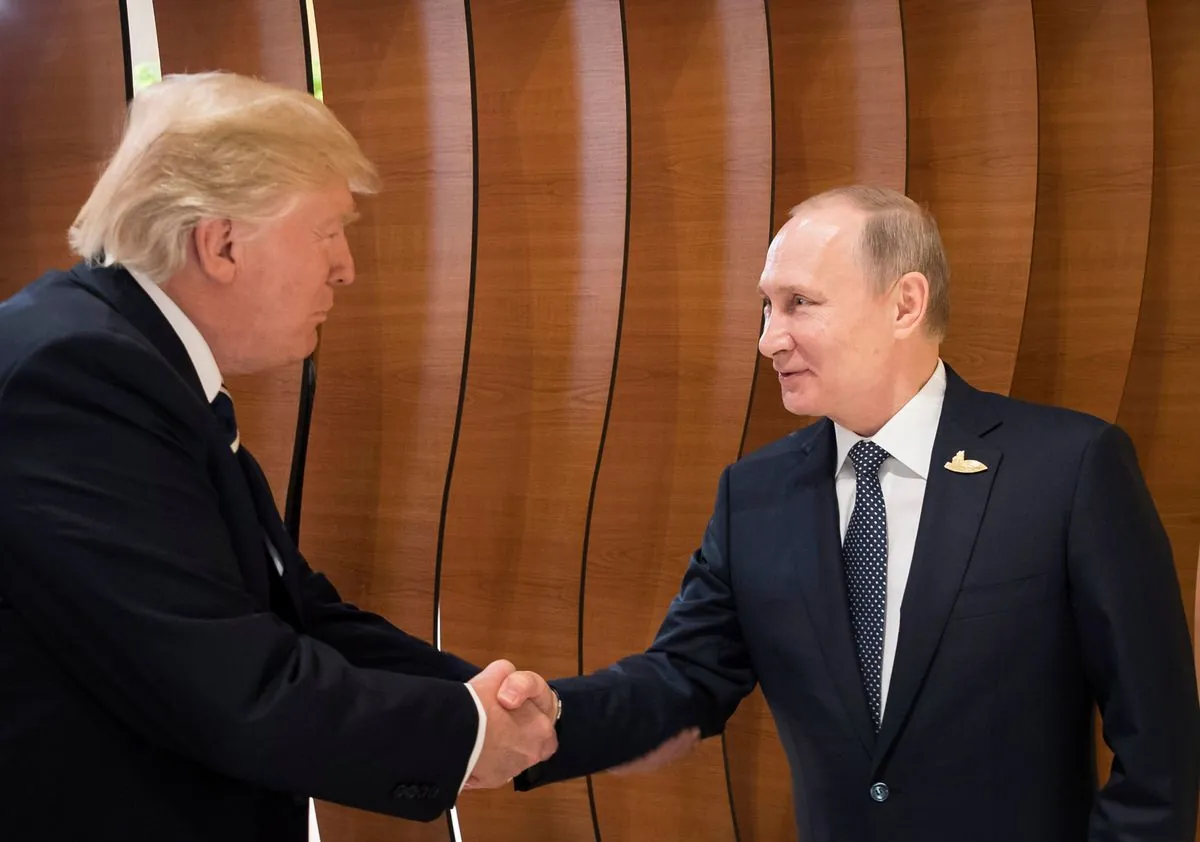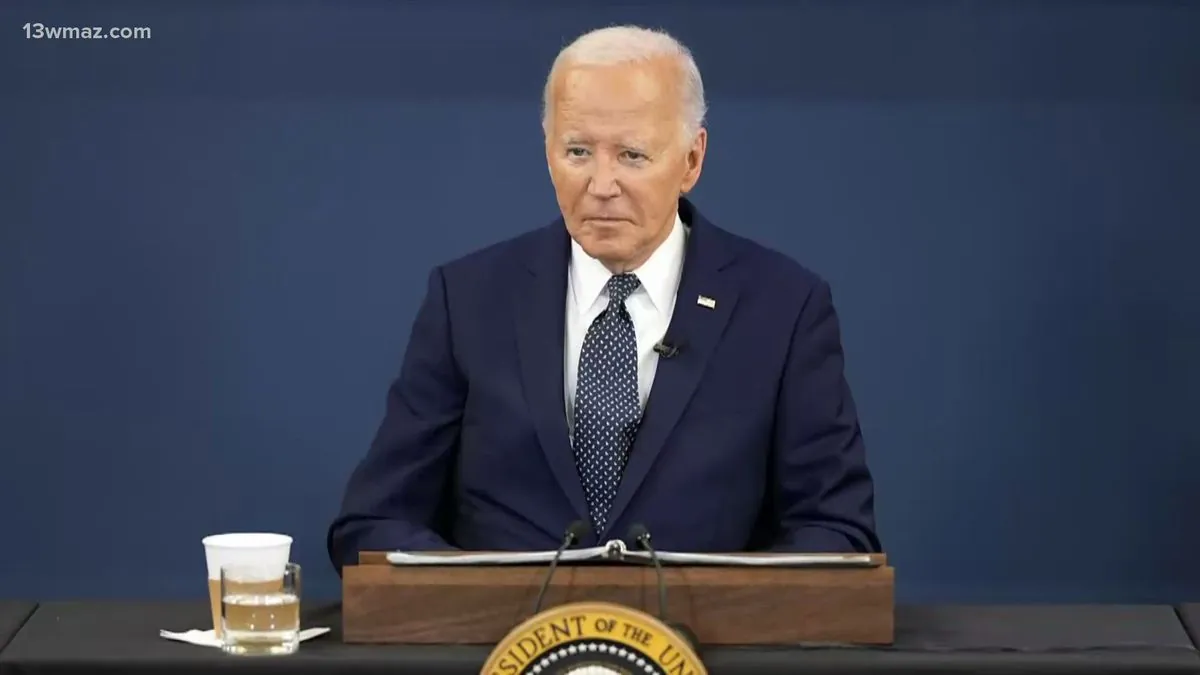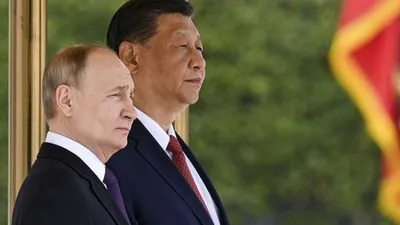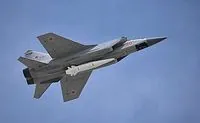Secret tech and storms: Inside NATO's high-stakes Baltic Sea mission
A large-scale NATO drill in Baltic Sea tests new ways to protect underwater cables from damage. Recent incidents with Chinese ships and harsh weather make this exercise extra-important
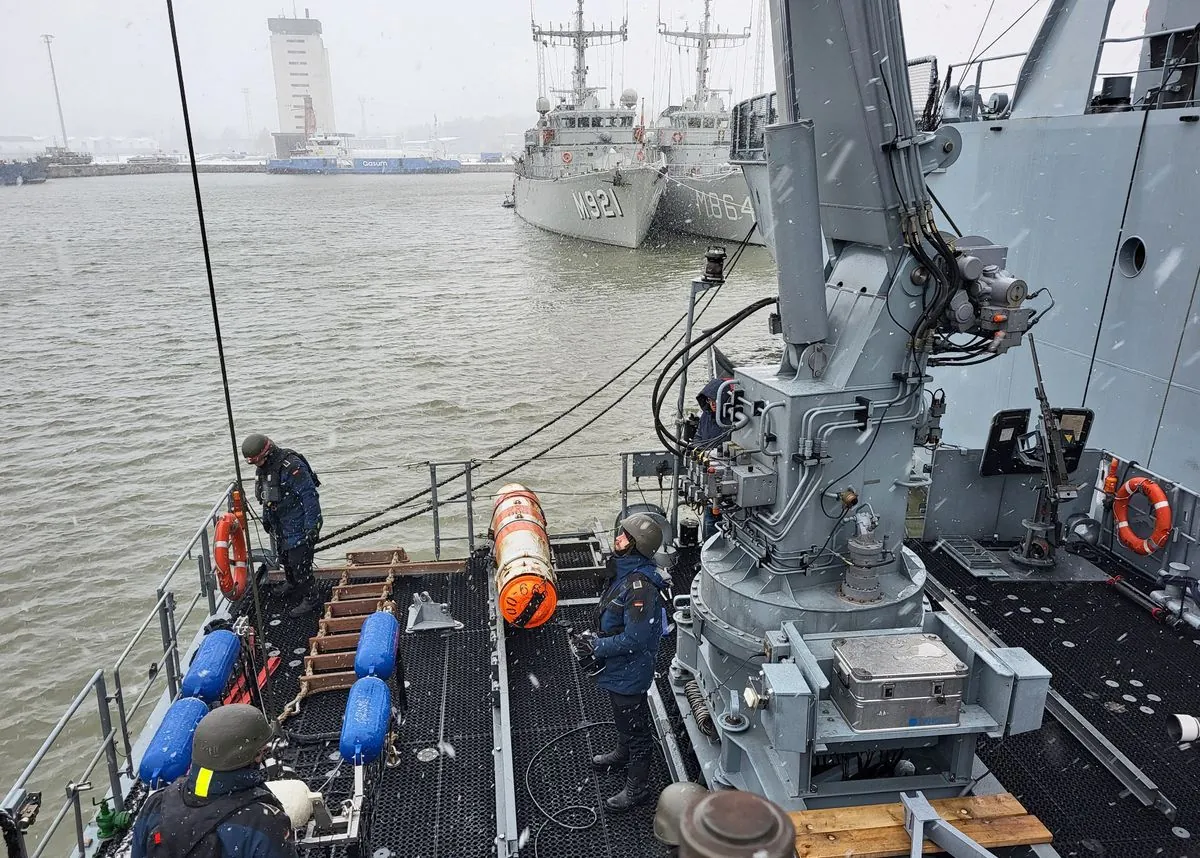
In a recent baltic-sea operation thirty NATO vessels and four-thousand personnel faced harsh winter conditions during a twelve-day drill (which happened right after some cables got damaged)
The exercise named Freezing Winds shows how NATO protects sea routes that carry fifteen-percent of worlds shipping traffic. Eight NATO countries share these waters with Russia‚ and since the start of Ukraine conflict almost three years ago thereʼve been several incidents with undersea infrastructure
Commander Beata Król faced real-world tech issues when her de-mining ship Weilheim tried using drones: the cold weather made batteries freeze up and stop working. “The batteries got cold“ she said while waiting for equipment to warm-up in the middle of a winter-storm
The alliance uses different tools to watch whats going on under water: hull-mounted sonars; special diving teams; underwater cameras. But keeping everything safe isnt easy - especially when ships drag anchors by accident or on purpose
A chinese ship named Yi Peng 3 damaged two cables last month after leaving a russian port; similar to what happened with vessel NewNew Polar Bear about a year ago. Both cases remain unclear: investigators dont know if these were planned attacks or just accidents
NATO opened new centers in London and Rostock to deal with these problems. Commander Pal Bratbak leads a team thats making smart software to track everything happening underwater. They mix private company data; military info; and special fiber sensors to spot trouble fast
The solution isnt about watching every inch of cable - its about having backup routes ready. “The right response to such hybrid attacks is resilience“ says Lieutenant-General Hans-Werner Wiermann‚ who thinks extra cable connections are the best way to keep systems running
